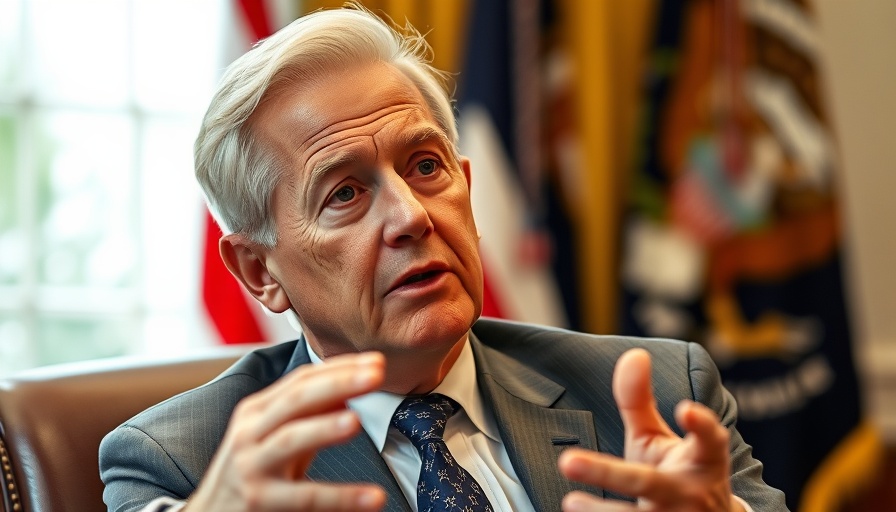
The High Cost of Tariffs: What Employers Are Facing
In a recent analysis by the JPMorgan Chase Institute, it was revealed that U.S. employers could incur a staggering $82.3 billion in costs due to tariffs imposed by President Donald Trump. This figure serves as a stark reminder of the economic ramifications of trade policies. The findings contradict Trump's longstanding assertions that foreign manufacturers would absorb these costs, indicating instead that U.S. companies, particularly those heavily reliant on imports from countries such as China and India, would bear the brunt of these tariffs.
Understanding the Impact of Tariffs on Jobs and Payrolls
The analysis specifically targets businesses with annual revenues between $10 million to $1 billion, a group that encompasses around a third of the private-sector workforce. These companies are particularly indicative of the retail and wholesale sectors, which are extremely vulnerable to incoming tariffs. According to the findings, this $82.3 billion translates to an average additional cost of about $2,080 per employee, equating to roughly 3.1% of the average annual payroll. While some companies, including major retailers like Amazon and Costco, delayed confronting these costs by stockpiling inventories, the impending fallout remains significant.
Trade-offs That Businesses Must Consider
Employers are now faced with difficult decisions. Many may cope with these costs through price increases for consumers, laying off employees, implementing hiring freezes, or accepting reduced profit margins. Such measures could have several ripple effects on the economy, especially in a climate already characterized by uncertainty due to ongoing trade negotiations.
Current Trade Policies and Their Negotiation Landscape
As the deadline for establishing tariff rates comes closer, President Trump indicated that while negotiations are underway with several nations, notably the United Kingdom and India, only Vietnam has signed a formal trade deal. The president's announcement regarding tariffs—20% for goods imported from Vietnam and a 40% tariff on transshipped products from China—highlights the ongoing complexity of these negotiations.
Public Sentiment: Trust in Economic Forecasts
Public confidence in the effectiveness of these tariffs is wavering. Trump’s assurances that everything is progressing well stands in stark contrast to the apprehensions expressed by employers. As industries brace themselves, there exists a palpable concern regarding the broader implications of these tariffs on the economy, particularly on consumer prices and employment.
Future Implications: Navigating the Tariff-Heavy Landscape
As the world continues to grapple with the consequences of these tariffs, a growing body of research highlights the importance of critically evaluating trade strategies. The situation calls for comprehensive analysis and active engagement from both businesses and consumers alike to understand how these tariffs will shape the economic landscape moving forward. With trade wars continuing to dominate headlines, the question remains: will the economic benefits of these policies be worth the costs to U.S. employers and workers?
In light of the extensive costs attributed to tariffs, it is crucial for employers, policymakers, and citizens alike to stay informed and engaged with evolving trade policies and their potential impacts on the economy. Before making any decisions, every stakeholder must grasp the complexities and anticipate the changes that may ripple through the economy as a result of tariff implementations.
 Add Row
Add Row  Add
Add 




 Add Row
Add Row  Add
Add 

Write A Comment